| Structure | Name/CAS No. | Articles |
|---|---|---|
 |
sodium carbonate
CAS:497-19-8 |
|
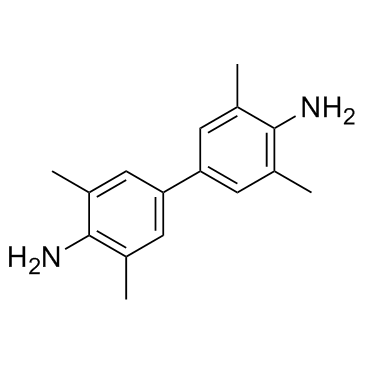 |
Tetramethylbenzidine
CAS:54827-17-7 |
|
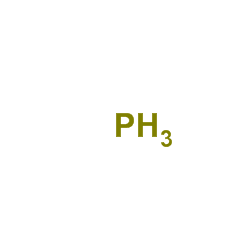 |
Phosphine
CAS:7803-51-2 |
|
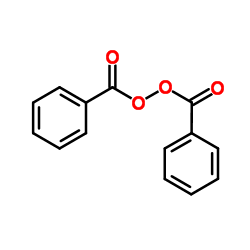 |
Benzoyl peroxide
CAS:94-36-0 |
|
 |
Phosphorus
CAS:7723-14-0 |
|
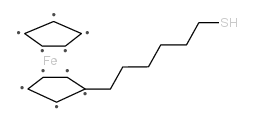 |
6-(Ferrocenyl)hexanethiol
CAS:134029-92-8 |
|
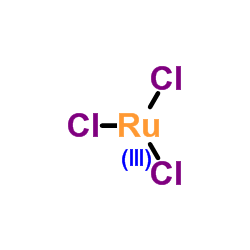 |
ruthenium chloride
CAS:10049-08-8 |